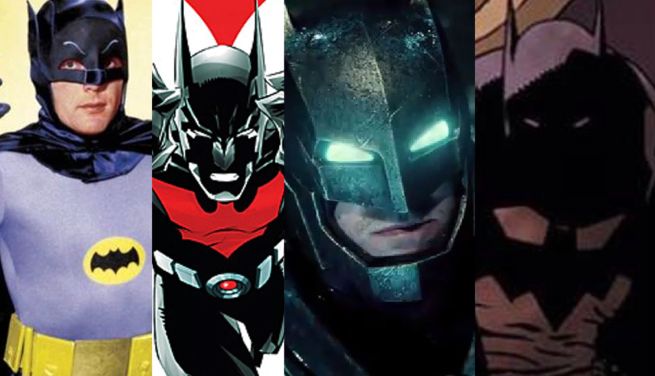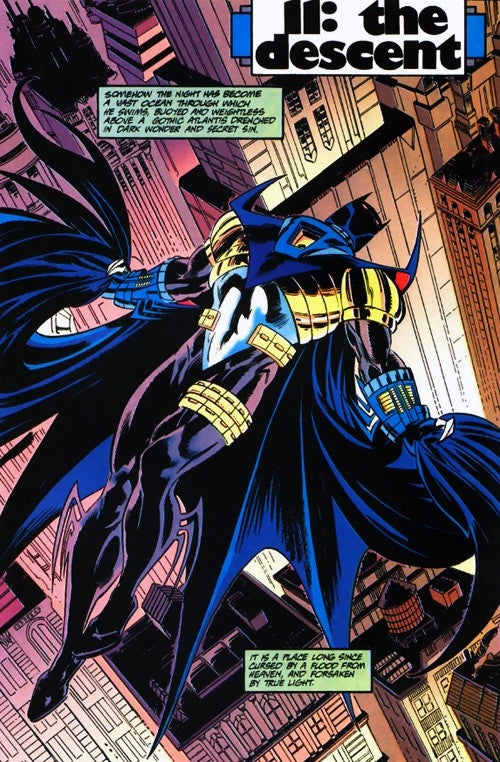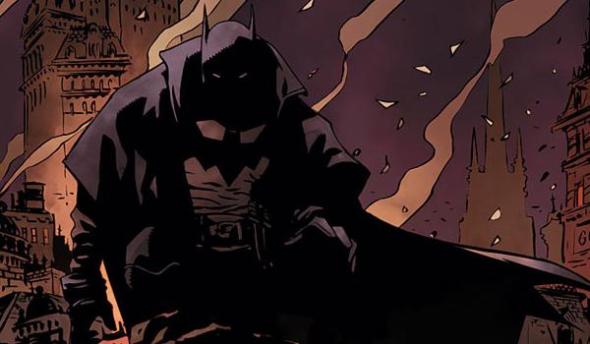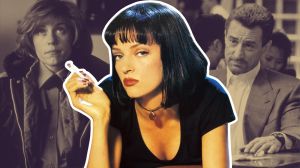This week saw the introduction of a new, controversial look for Batman in the form of a giant, armored suit, piloted by Jim Gordon and featuring huge ears that even people in-story refer to as a “robo-bunny” look.
Videos by ComicBook.com
With that in mind, we figured it was as good a time as any to look at some of our favorite Batman suits from the past.
We’ll stipulate that the “classic” Batman look is itself hugely variable, with the Jim Lee look from “Hush” and the Jim Aparo look from “A Death in the Family” being essentially the same costume with a few little details changed. to keep things more visually interesting on this list, we’re not going to get into “which version of the utility belt looks best?” or “which artist drew the best-looking Batman?“
As such, we’ll give an honorary spot to Frank Miller’s The Dark Knight Returns Batman, which is amazing and iconic but still very much feels like just a really good depiction of Batman in the classic suit to me.
So this can probably be considered the best “variant” Batman suits, but anyway, let’s get started.
This is the one that will get me hate mail.
Like many concepts in the ’90s, the Knightfall storyline and the Batman costume that most represents it were both solid ideas which fell apart in execution at times. But that doesn’t mean there wasn’t value there.
Most recently seen in Convergence, this costume came up when Batman’s back was broken in a fight with Bane. A recently-introduced character named Azrael was tapped to be the new Batman because Dick Grayson was…umm…
…anyway, Azrael was chosen. Turned out to be a pretty terrible idea, and so it didn’t last all that long — and this costume, which had a lot of good elements even if it was a bit too ’90s to last, was reinvented again halfway through the story into a ridiculous abomination that looked like this on steroids — and then again toward the very end as the same thing but in red.
Is it flawed and probably too dated to live? Sure. Still, there’s something cool about this look in its original, less utterly insane form, and it’s too bad DC’s merchandising folks seem to have glommed onto the bulky, ugly version of the suit to be representative of this version of the character.
While this could easily pass as just another variation on the gray, yellow and blue version that was the status quo for years, the detailing on the mask and the fact that it was, for so many people, their first introduction to the character and to DC Comics in general makes this one feel different, even if it isn’t all that far removed.
Also, like so many things from Batman ’66, aspects of this look would continue to reverberate in the comics for years after the TV show was no longer a thing.
The silhouette of Batman is so iconic that Batman: The Shadow of the Bat is actually the name of a comic book that ran for years.
And it’s that aspect of the character — a dark outline that reveals basically nothing but a basic shape, eyes and a logo — that carried over to Batman Beyond, the short-lived, much-loved animated series that later informed years of comic book storytelling and now has another — albeit much different — comic on the stands starting this month.
The Batman Beyond costume is another one, like the Azrael Batman suit, that can feel a little dated but which certainly strikes an emotional chord with some readers.
It also has a simplicity of look and line that almost no Batman costumes do. Even the day-to-day Batman has quiteabit going on, really, whereas the Beyond universe kept things fairly simple, with many of his tricks digital rather than being something that informs the costume.
This one is the most dramatic departure from the classic outline of Batman, although it’s arguably got as much in common with the Bruce Wayne version as does Azrael’s suit.
That said, it’s based on a fan-favorite Elseworlds story that has been so persistent that it’s had sequels, merchandise, video game skins and an appearance in Convergence. That’s staying power, when you consider that the vast majority of DC’s Elseworlds books were essentially one and done.
This is another one that originated in other media and then resonated in the comics for years. As the film franchise brought in hundreds of millions of dollars worldwide, the comics took on a version of the Batman costume that looked basically just like Keaton’s shortly following the events of Knightfall.
At the time, it felt like a clever acknowledgment that while Batman doesn’t need to change as a character — the message of Knightfall/Knightquest/Knightsend, in which a very ’90s-style antihero took on the cape and cowl with disastrous effects — the character’s openness to change and responsiveness to the culture has traditionally been one of his strengths.














